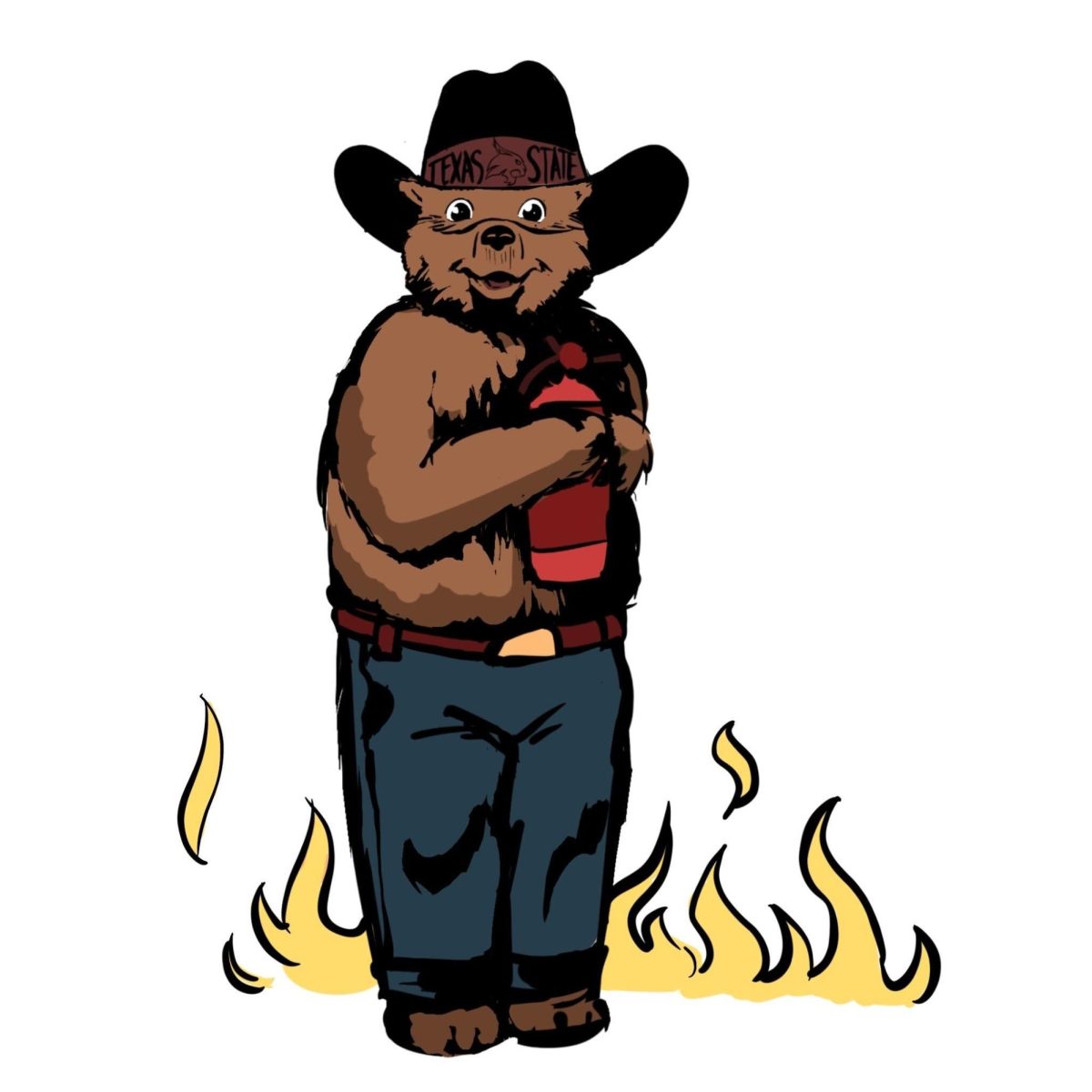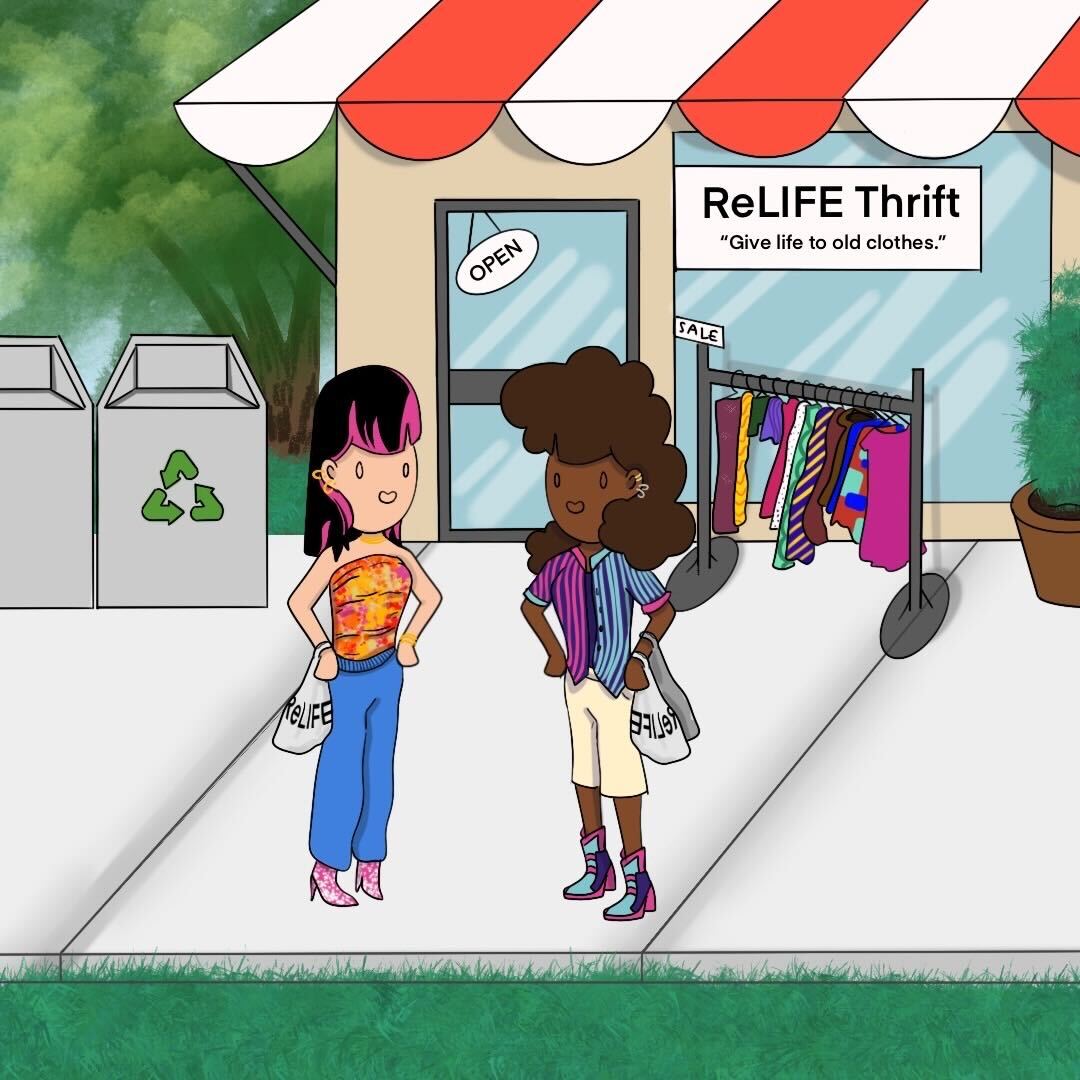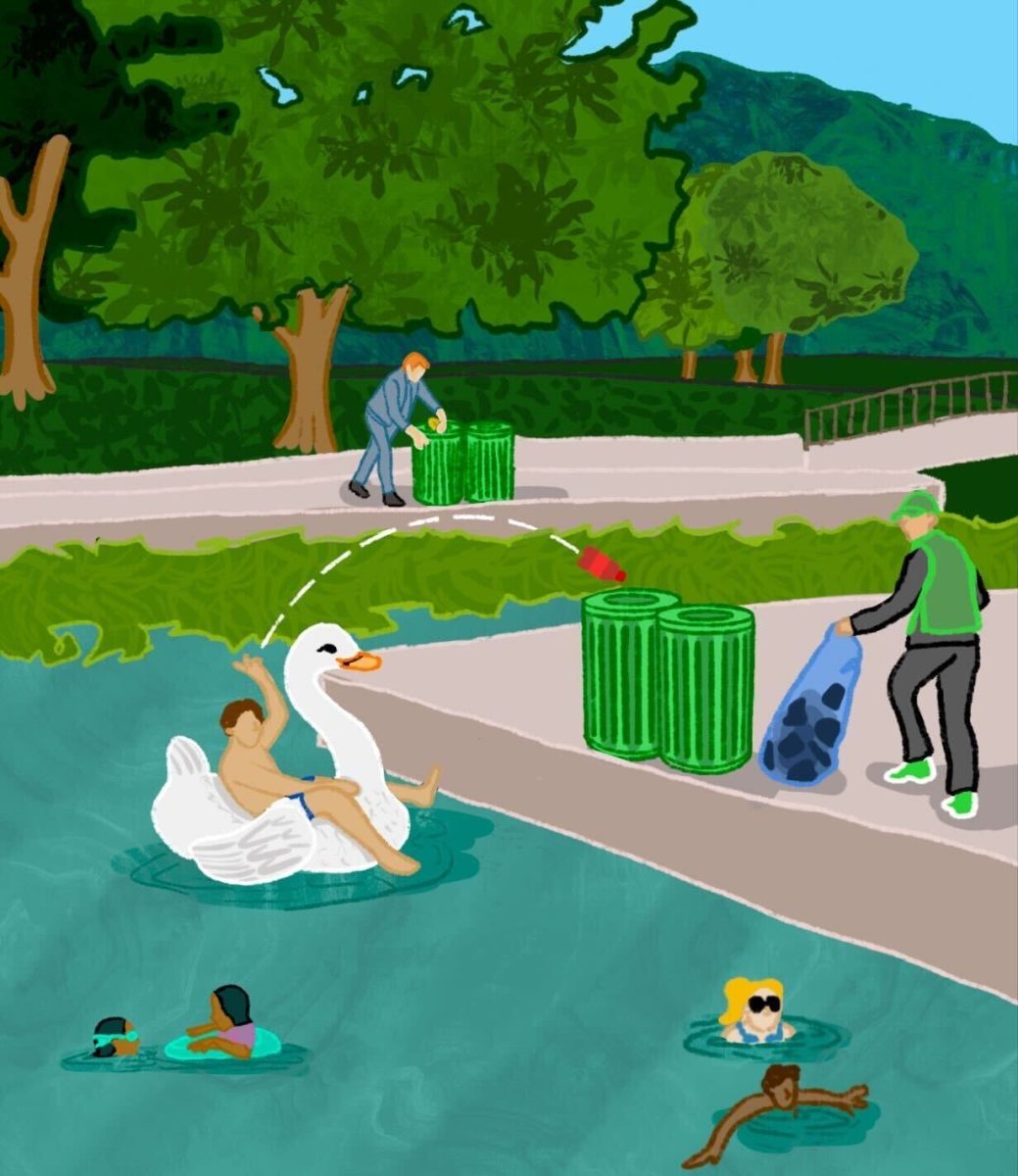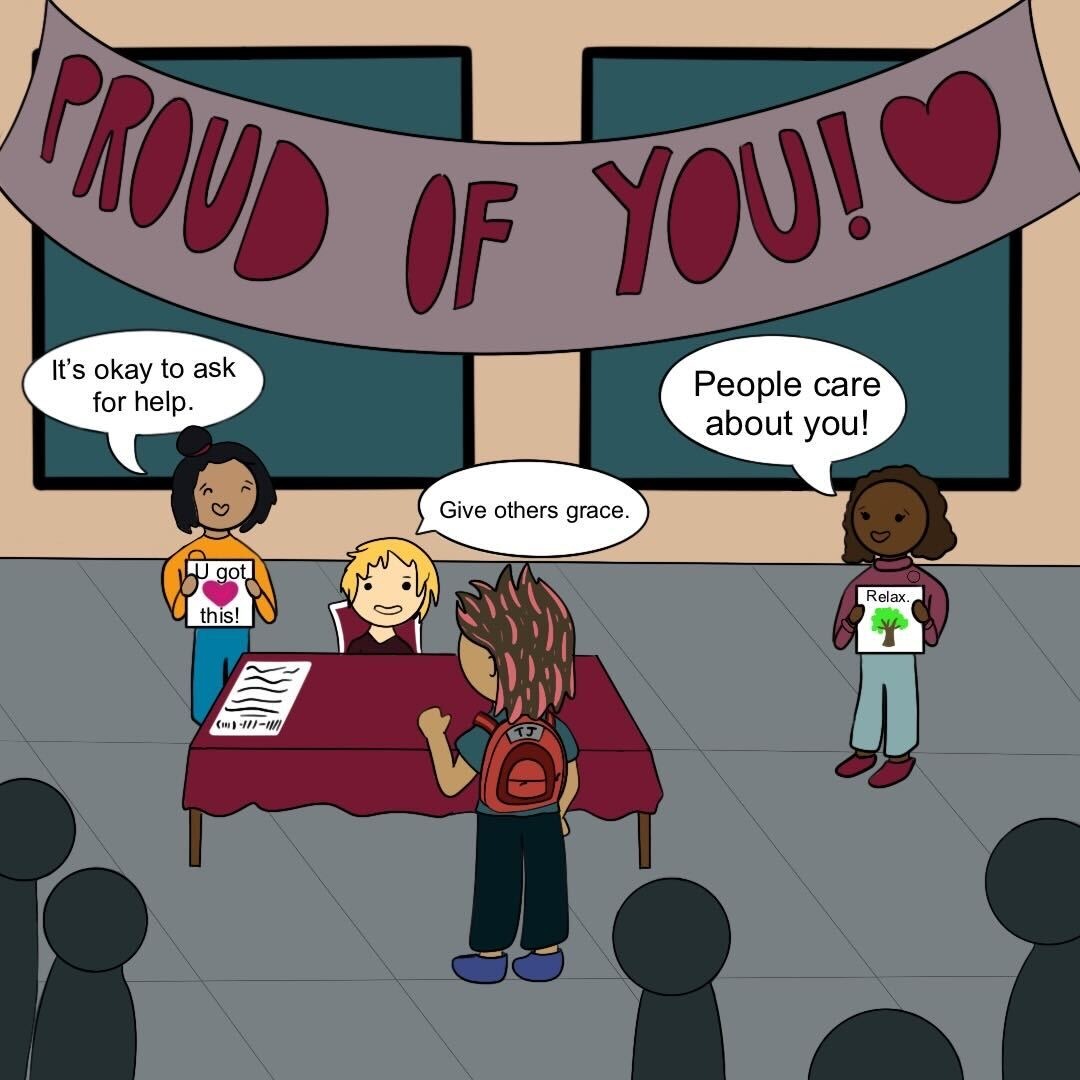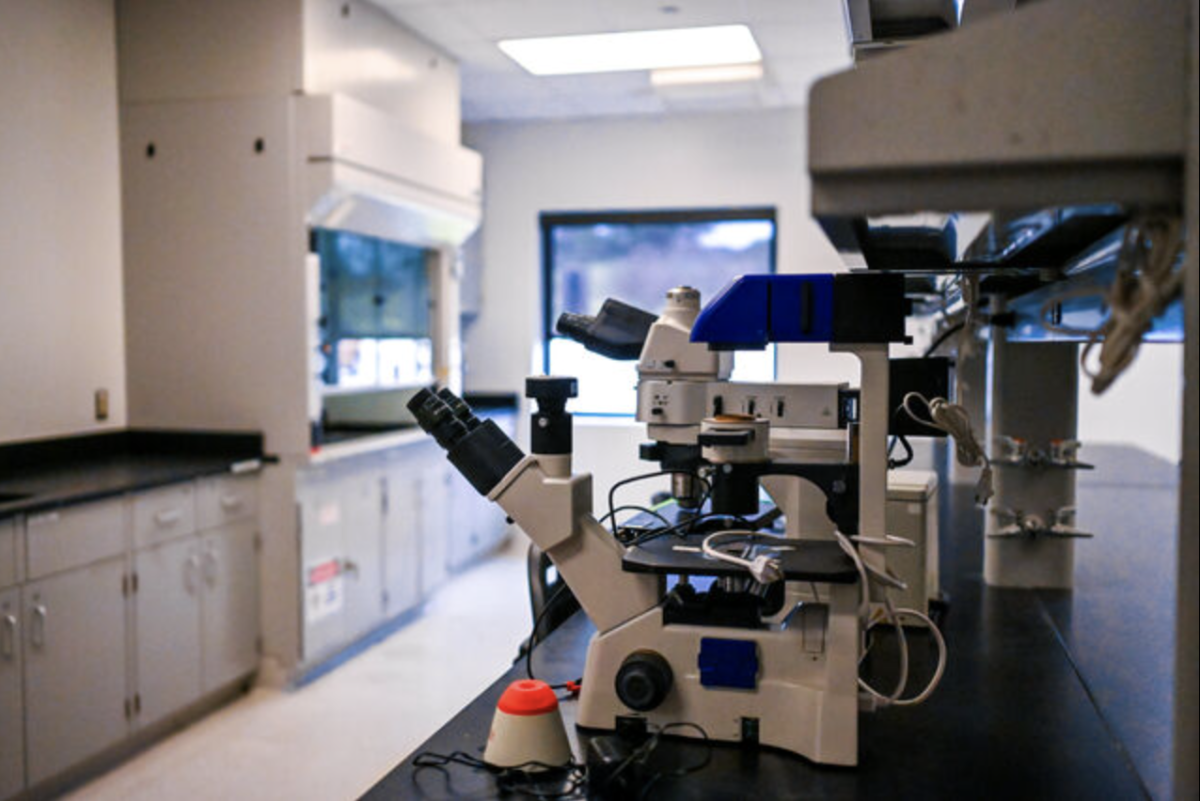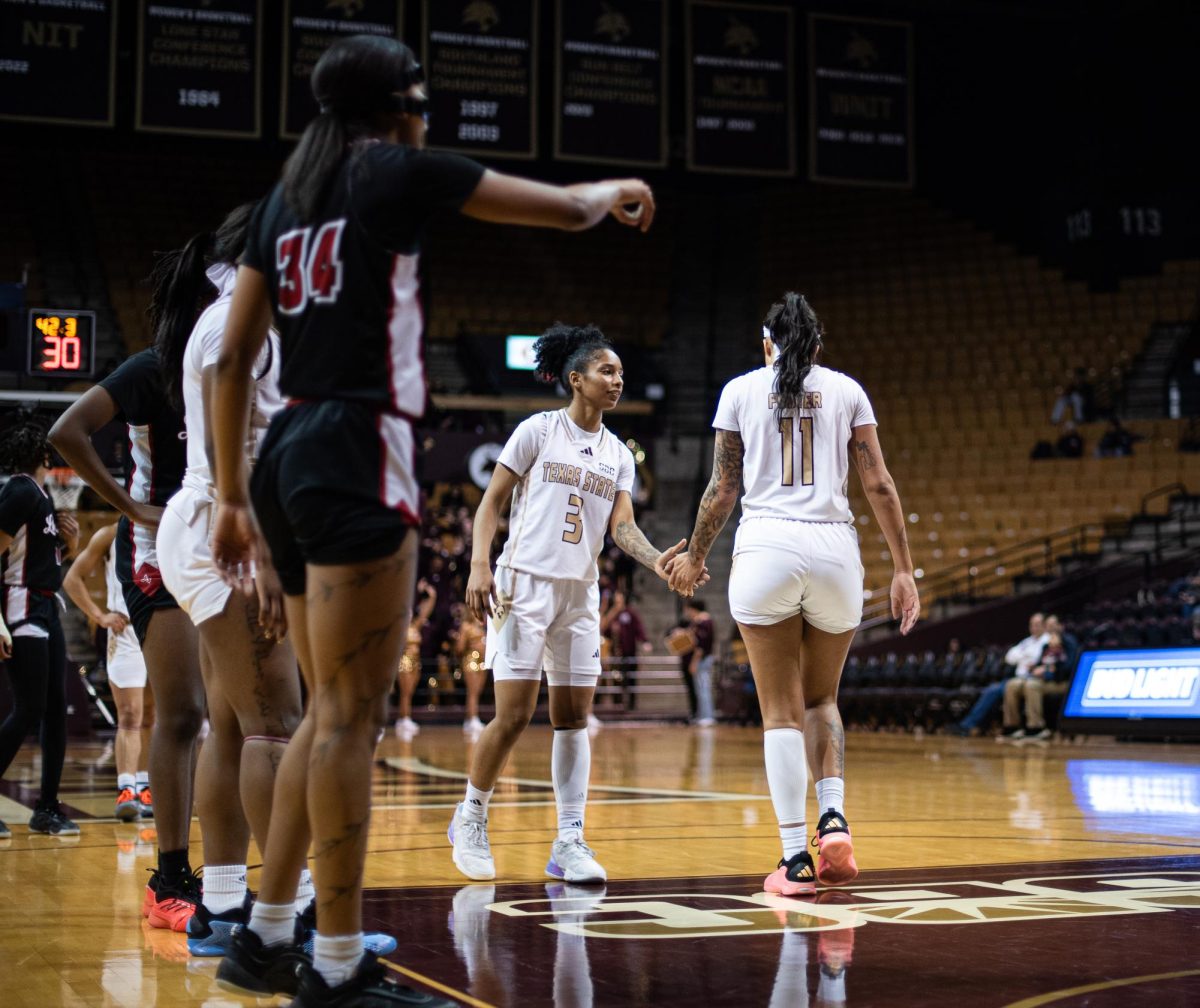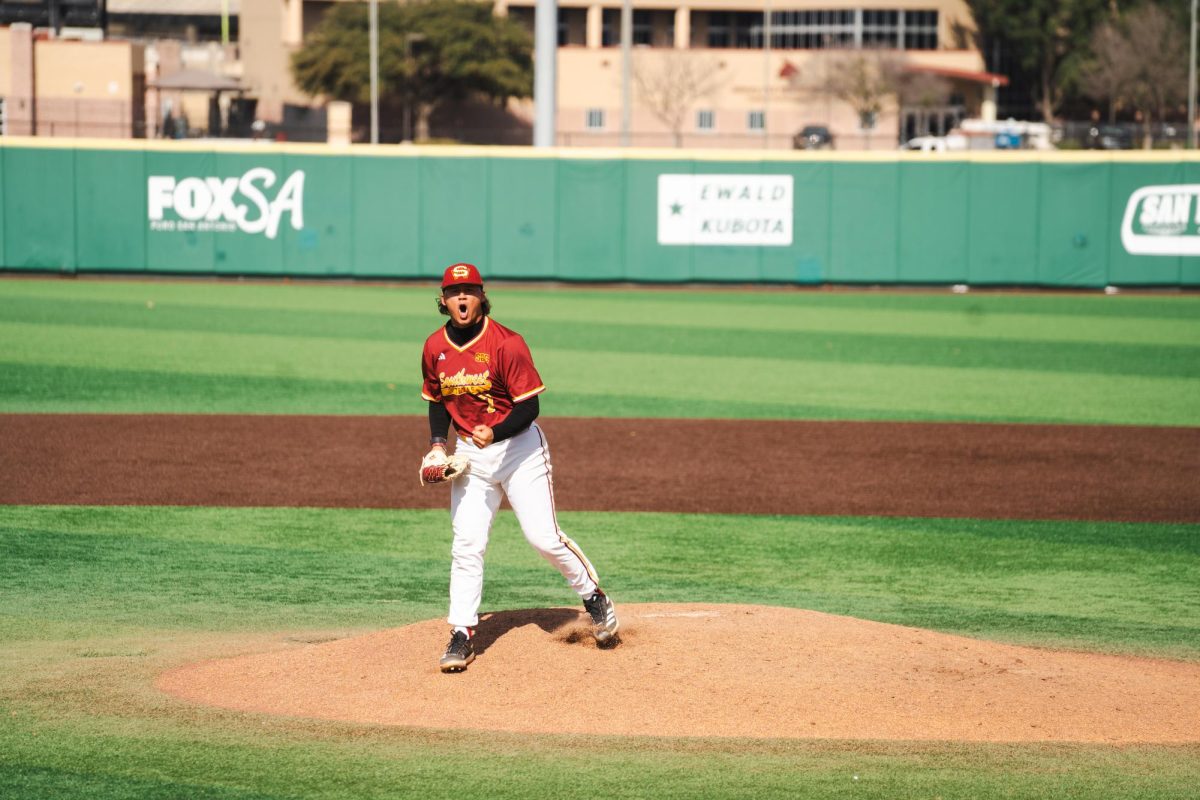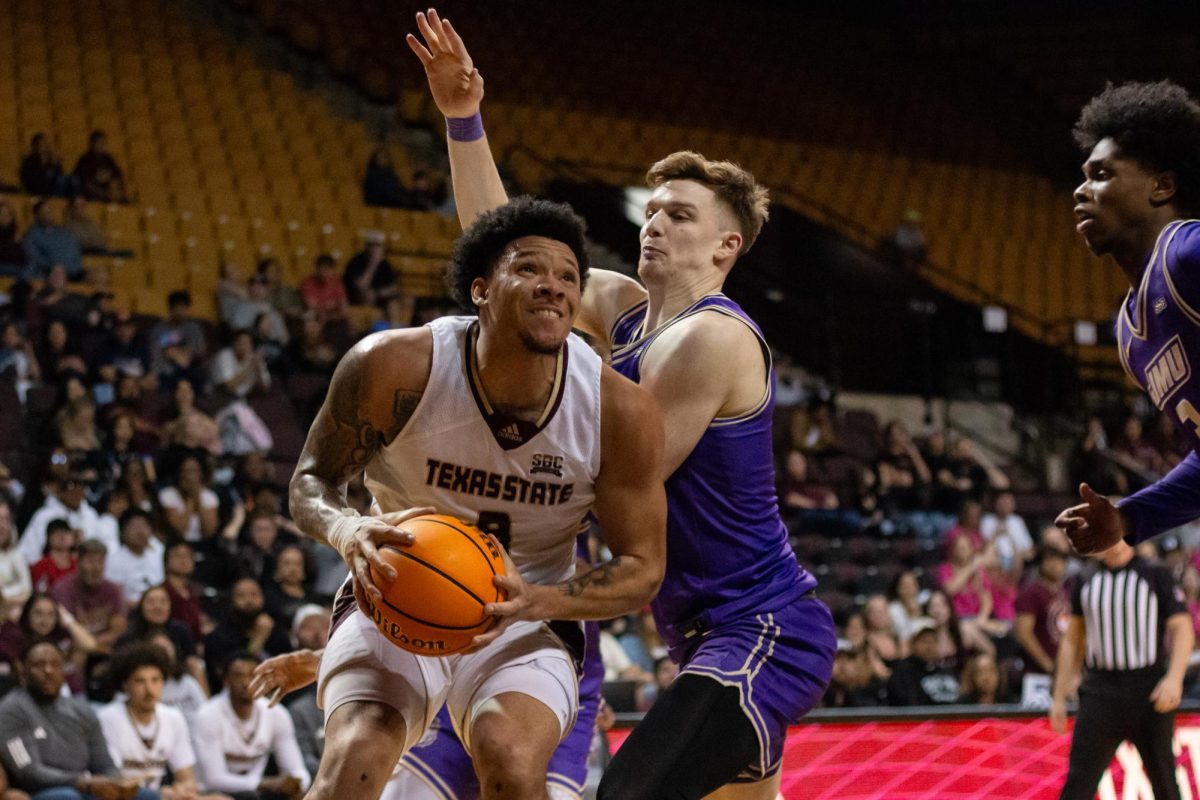Currently, in Central Texas over 4,900 acres of land burned as a result of wildfires in 2024. On Aug. 22 in Mason County, about 112 miles from San Marcos, a wildfire started after being ignited by a lightning strike, marking the biggest wildfire in Central Texas this year.
As students, understanding wildfires is not only paramount to a well-rounded ecological education, but vital to our community and neighboring communities. Being in this region, Texas State students should take opportunities to volunteer in affected communities and partake in a culture that works toward effective fire management.
The factors behind what starts a wildfire vary, but according to the Congressional Research Service, 89% of wildfires are started as a result of human activity such as burning debris or tossing smoking material. In addition, many experts cite Central Texas’ changing climate and growing population as factors contributing to higher wildfire risk in places that were not as historically susceptible.
In May, Texas State professors Dr. Christopher Serenari and Dr. Heath Starns were awarded $230,000 by the U.S. Department of the Interior’s Joint Fire Science Program to support their research surrounding the multi-layered nature of wildfire management in Texas, Oklahoma and Florida.
Starns said land use changes can affect what fuels fires in Central Texas.
“The most recent outbreak of wildfires over the past few weeks seem to have been [started by] lightning, and that just corresponds to an increase in fuel,” Starns said. “A lot of that is a result of woody plant encroachment, primarily juniper, here in Central Texas. Junipers are especially volatile when exposed to fire.”
Volunteer work is one of the most important aspects of college life, as it builds experience and teaches valuable lessons about serving one’s community. For students looking to build their volunteer experience, becoming a disaster relief volunteer in places affected by wildfires is a great opportunity.
Mason County is about a two-hour drive from San Marcos, but the trip would be worth it to reach a recovering community. The county hosts disaster relief volunteers on their city website. There is also a disaster relief fund for volunteer firefighters and emergency responders anyone can donate to. Austin Disaster Relief is an organization closer to home, which also hosts relief volunteer programs.
While it may seem like wildfire management and prevention is an issue with too many nuances and bounds far out of our personal control, it is not. Serenari and Starns agree in order for students to make a difference, they must build a culture that moves away from fear in order for organizations to work toward better fire management. After all, fires will never go away, and not all fires are bad.
“Support decisions and leaders who are trying to do the right thing, so that we have landscapes that can adapt to large fire [and] communities that are fire resilient,” Serenari said. “We also have to bridge the gap with private lands.”
Along with a shifted perspective on fire, students should think locally. San Marcos has been experiencing intense stages of drought, with the city reaching Stage 4 drought restrictions in 2022 for the first time in eight years. If we want to prevent wildfires and maintain the habitats in our beloved Hill Country region, it is up to us to conserve water and make environmentally conscious decisions that work against climate change.
-Faith Fabian is an English junior
The University Star welcomes Letters to the Editor from its readers. All submissions are reviewed and considered by the Editor in Chief and Opinions Editor for publication. Not all letters are guaranteed for publication.


